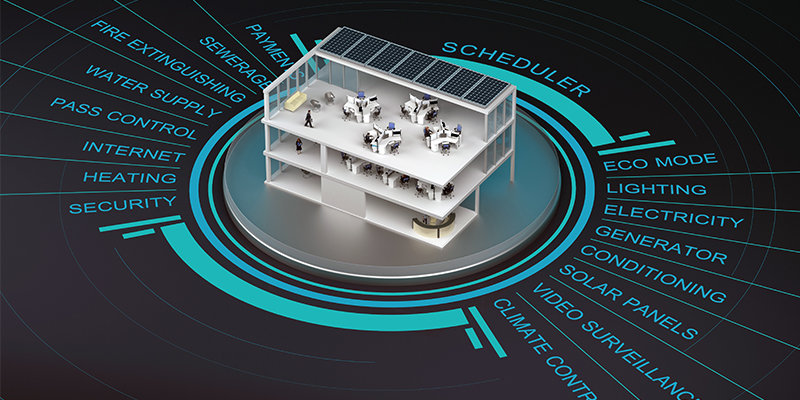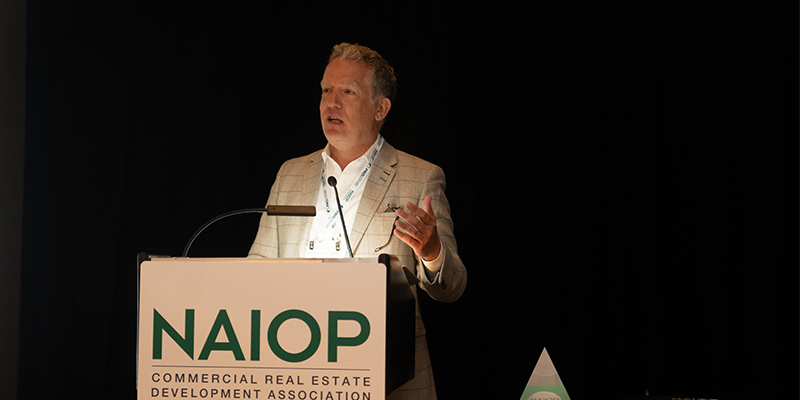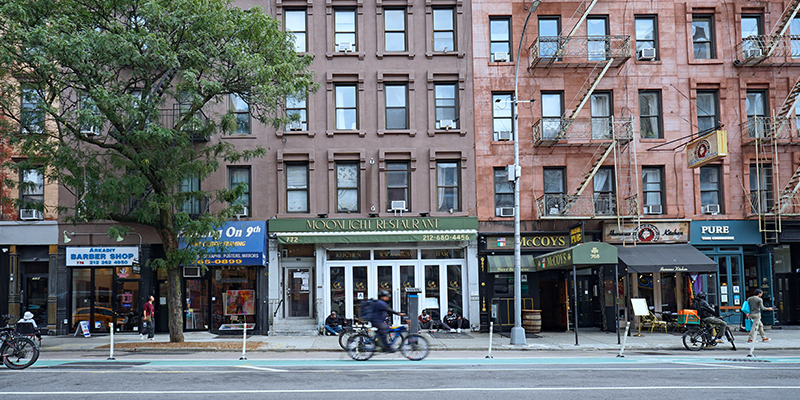A decade ago, it was hard to imagine the concept of a smart building or how it would transform the commercial real estate landscape. Today, smart building technology has gained popularity in a variety of commercial spaces. Some advantages of smart building development include:
- Reduced costs related to maintenance and energy consumption.
- Reduced amount of emissions.
- Increased resale value.
What is a Smart Building?
A smart building is any building that uses the Internet of Things (IoT) to automatically control things like heating, power, ventilation, air conditioning, security, lighting and other systems. This means the building can be managed from anywhere and at any time. Smart buildings give us more data than ever before, which allows decisions to be made with more clarity, better allocation of resources and increased savings in the long run. In time, all commercial buildings may become smart buildings.
What is the Internet of Things?
Smart technology is possible in part because of the IoT connecting everything to the internet. Think of objects and devices that “talk” to each other such as smartphones, computers and watches. By combining these connected devices with automated systems, the building can gather information, analyze it, and use it to make informed decisions from saving on energy costs to completing tasks for staff.
What Sets a Smart Building Apart?
Smart buildings can give you an experience that other commercial buildings cannot. The everyday building can’t collect data from user devices, systems, services and sensors the way a smart building can. This data not only makes the building programmable and customizable, but also more responsive to the needs of the building manager and employees.
This technology is transforming how facilities managers approach asset management. With this data at their fingertips, they can ensure the comfort of its occupants, increase utilization and interact with staff at a higher level. Imagine an office building coming to life when you walk in!
As developers nationwide face supply chain disruptions, rising interest rates and increased inflation, developers in the Southwest Florida market have an optimistic outlook. The regional population continues to grow and more companies are moving to the area, which also helps drive revenue. This gives developers a fantastic opportunity to capitalize on the smart building trend and create value with their property.
Why Companies Should Invest in Smart Buildings
One of the most enticing things about smart buildings is that when you compare them to conventional buildings, they perform much better. Although they cost more upfront to develop, they bring in more rent in the long run.
Smart building technology can cover more than heating and air conditioning and lighting systems. What makes this technology so appealing is that it can integrate into just about every system. For example, in retail, smart building technology can apply to things like security cameras and point-of-sale systems.
Some smart building examples in my company’s region of Southwest Florida include NeoGenomics and Frantz EyeCare.
NeoGenomics’ Fort Myers $60 million, 150,000-square-foot headquarters spans more than 14 acres. It includes two buildings: one is a 75,000-square-foot, three-story space for corporate offices and the other is a 75,000-square-foot full-service cancer diagnostic lab. The latter accommodates a state-of-the-art molecular laboratory for physicians and technicians. There is also an executive wing, cafeteria, indoor and outdoor dining area, and a courtyard between the two buildings.
NeoGenomics is a LEED building, which means it has a green building certification. LEED, or Leadership in Energy and Environmental Design, is the most widely used green building rating system in the world and is part of the U.S. Green Building Council. NeoGenomics is home to the first (non-government) laboratory of its type in Florida certified as LEED.
Bicycle facilities parking is provided on-site and complemented by showers. There are also outdoor spaces for social integration and connection with nature with a preserve in the back.
Compared with conventional construction, NeoGenomics LEED certification offers over 30% savings on energy and water. It has recycled over 60% of construction and demolition waste, diverting these materials from the landfill with the potential for up-cycling them into other products. Low-emitting materials were also selected to reduce the concentration of chemical contaminants and improve air quality, improve human health and productivity. Some of these materials include ceiling panels, insulation, paints/coatings, adhesives/sealants and walls.
Frantz EyeCare’s Fort Myers headquarters is 60,000 square feet with 10,000 square feet of space for lease on the second floor. About 30,000 square feet of ground-floor space is reserved for Frantz’s practice including 44 exam lanes, a diagnostic center, retail, LASIK suite and a cosmetic treatment center. The building also has Suncoast Surgery Center, with four operating rooms and four laser suites.
Frantz EyeCare was built as efficiently as possible with building automation systems that control the air-conditioning throughout the medical office building and surgery center, direct heating and cooling based on occupied space vs. unoccupied space and lighting control with occupancy sensors so no one has to remember to shut off the lights. There are also interior spaces with skylights. The natural light benefits employees’ moods and improves morale.
As more businesses adopt this trend and more companies relocate to Southwest Florida, we could quickly see the commercial property landscape in our region shift toward this incredibly beneficial technology.
How Smart Buildings Make the Office More Efficient
It’s no secret that the office is forever changed in a post-pandemic world. When more people and businesses wish to move to a city like Fort Myers, Florida, city planners and commercial real estate developers must consider making the office environment more appealing than working from home. They have to figure out what the office environment now means for their company and what kind of employees they wish to attract.
An economy that’s poised to keep on improving paired with strong office-using employment growth is making more companies seek out new types of office space. In fact, global Experience per Square Foot™ (XSF) data shows that employees with choice and control over where they work perform better. Employees are looking for companies that make the job and office an experience, not just a cubicle to go to every day. If you haven’t thought about moving back to the office or a hybrid work environment, it’s only a matter of time – and now is the best time to prepare.








